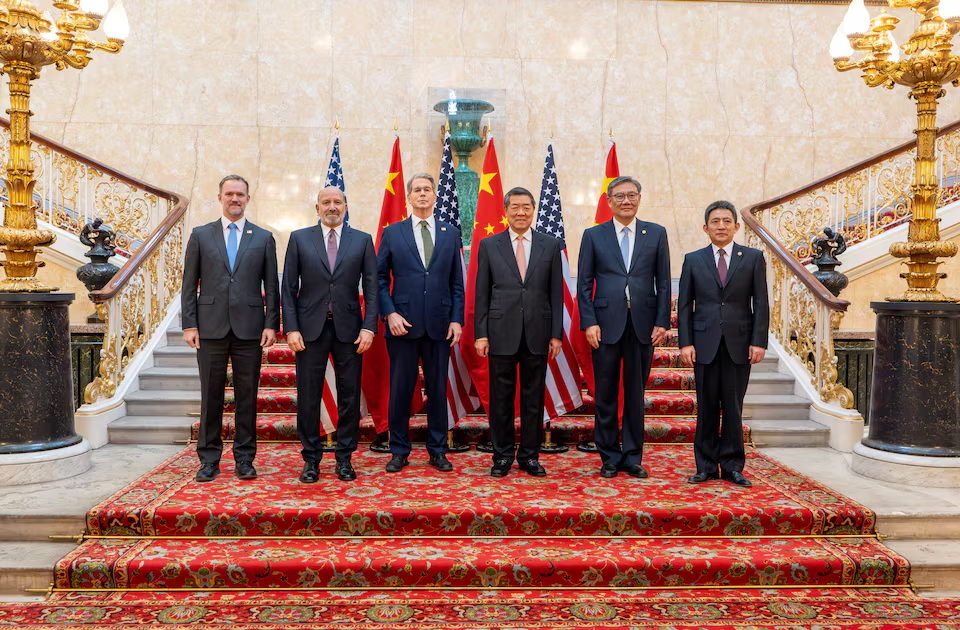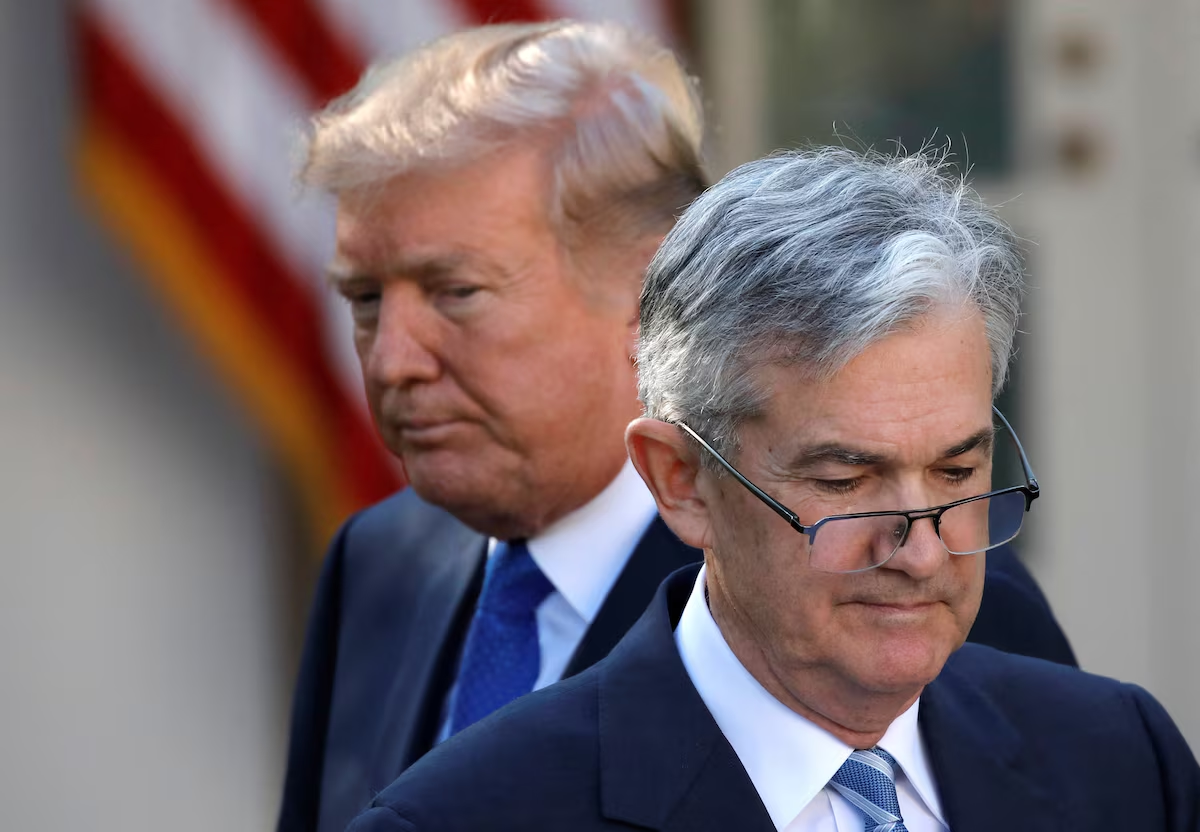The United States and China resumed high-level trade negotiations in London on Monday, marking a renewed attempt to stabilize economic relations between the world’s two largest economies. The talks, now in their second day, come after months of mounting trade tensions and growing pressure from global markets to de-escalate.
Leading the discussions are U.S. Treasury Secretary Janet Yellen and Chinese Vice Premier He Lifeng. The two met behind closed doors in what U.S. officials described as a “constructive” atmosphere, with both sides committed to continuing dialogue on trade and economic policy.
According to a U.S. Treasury Department readout, the discussions have focused on key concerns such as industrial overcapacity, reciprocal market access, and the broader rules-based international economic order. The meetings aim to ease trade frictions and prevent further economic decoupling between the two countries.
The London round of talks builds on previous meetings held in Beijing and San Francisco, where both sides pledged to strengthen communication and avoid confrontation. Though no major agreements have yet been announced, analysts see this week’s talks as an important step toward reducing mutual suspicion and potentially laying the groundwork for more formal negotiations.
A senior U.S. official told Reuters that Monday’s session included “serious and substantive” discussions and that the talks are expected to continue into Tuesday. While no breakthrough is expected immediately, the renewed contact signals a willingness by both governments to move away from confrontation and toward greater economic coordination.
Chinese state media echoed a similar tone, noting that Beijing is open to resolving differences but wants Washington to lift what it sees as unfair trade restrictions, particularly those targeting Chinese technology firms. China also urged the U.S. to reduce tariffs imposed during the previous Trump administration, which remain in place and affect billions of dollars in bilateral trade.
Market analysts noted that the resumption of talks has had a stabilizing effect on investor sentiment. Global stock markets edged higher on Monday amid optimism that the talks could help avoid further escalation. The yuan also showed slight gains against the dollar.
Trade relations between the two countries have been fraught with disputes over tariffs, technology access, and industrial policy. Washington has accused China of unfair trade practices and industrial overproduction, especially in sectors such as electric vehicles, steel, and solar panels. In turn, Beijing has criticized U.S. export controls and sanctions targeting Chinese firms, particularly in the semiconductor and AI sectors.
Despite these tensions, both sides appear to recognize the risks of prolonged economic separation. In public remarks earlier this year, Yellen emphasized the need for “healthy competition” that avoids conflict, while He Lifeng has repeatedly stressed the importance of stable ties and mutual economic benefit.
The current round of talks is also being closely watched by U.S. businesses with exposure to the Chinese market, many of which have urged the Biden administration to seek a more predictable and cooperative trade environment. Meanwhile, Chinese companies are seeking greater access to U.S. markets and relief from existing trade barriers.
As the London meetings continue, there remains cautious optimism that dialogue can at least prevent further deterioration in relations. However, both sides face domestic political pressures that may limit their room to compromise.
Officials have not specified whether another round of talks is scheduled, but both countries have agreed to maintain high-level economic engagement going forward. The outcome of these discussions may prove critical in shaping the trajectory of U.S.-China economic relations in the months ahead.
Source; Reuters



